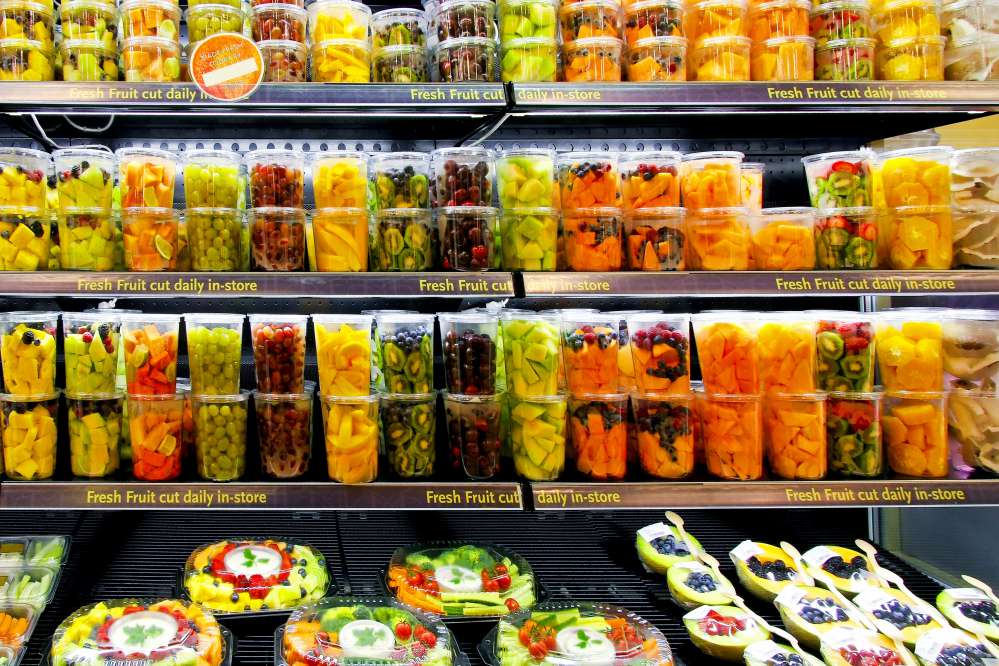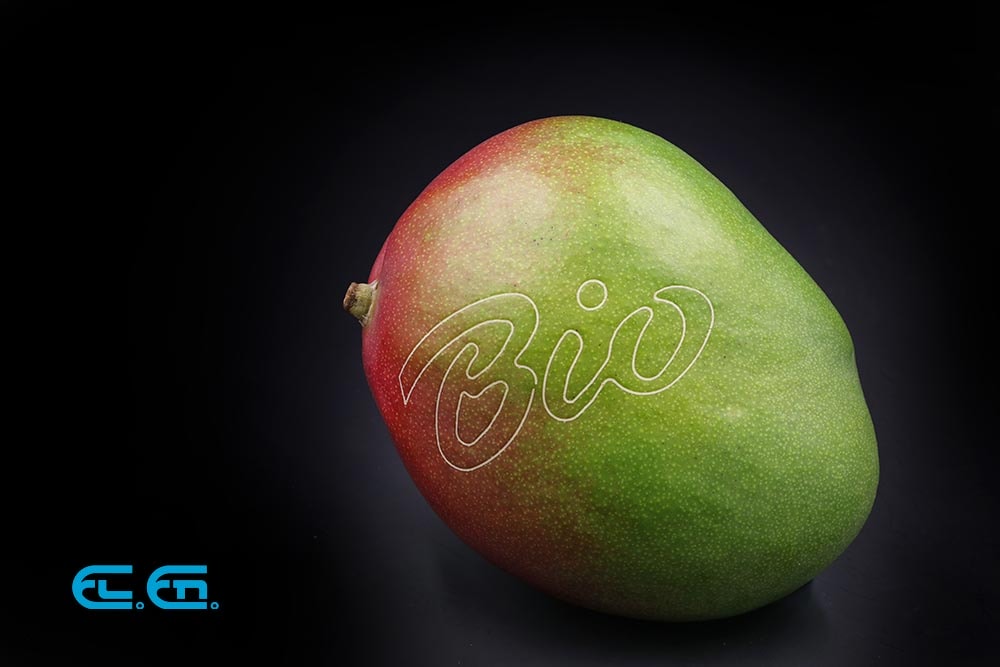The introduction of lasers in industrial processes has been a small revolution: the effectiveness and versatility of this technology has allowed us to significantly renew diverse production fields. Especially the die sector has seen radical changes over the past years due to innovations in laser technologies.
Die cutting revolves all around the cutting, drilling, and shaping low-strength materials such as paper, cardboard, rubber, fiber, and cloth. Die cutting tools are mainly used in the paper and packaging industry, and are known to be robust.
Traditional Die Cutting
The creation of a die is a process that requires a lot of time, specialized technicians, and materials. This tool is thus not economically advantageous for manufacturers with small production quantities or large production variations.
- The creation of a die requires the following steps:
- Engraving a wooden board, needed to support the die.
- Cutting and folding of the steel blade, to be inserted into the incisions of the base.
- Fixing the blade on the die holder
The entire process must be carried out with utmost precision, as the blade must fit perfectly into the incisions of the support table.
It is thus clear that the die can be preliminary used for large and standardized production volumes. Small production volumes, prototype designs, or customized processes are bound to have high production costs.
The CO2 laser – an efficient and accurate tool
Market segmentation and the need to meet diverse and customized processes have led manufacturers having to search for innovative solutions. The CO2 laser, due to its characteristics, proves to be the best and most efficient choice.
The high power stability and the particular wavelength of this laser make it the ideal tool to cut paper and cardboard, typical packaging materials.
These packaging materials have the following characteristics: low conductivity, high combustibility, low gasification temperature, minimum thickness. These characteristics make the perfect conditions for the CO2 laser. With these conditions the CO2 laser is known to have a high running speed, while maintaining minimal energy consumption
Each laser process is characterized by accuracy and speed. The laser path is managed by the computer that “translates” the CAD design of the project into parameters such as power, speed, and position. In this way the laser beam produced by the CO2 laser source reaches the surface to be worked, causing the immediate evaporation of the material and therefore the realization of the process.
This process allows you to make cuts, perforations and engravings – in short all the operations of a die – in a fast, precise and flexible manner.




